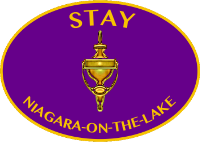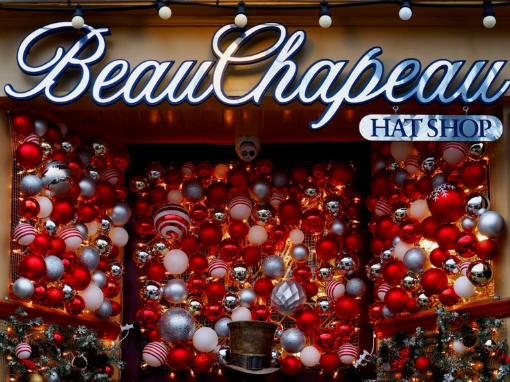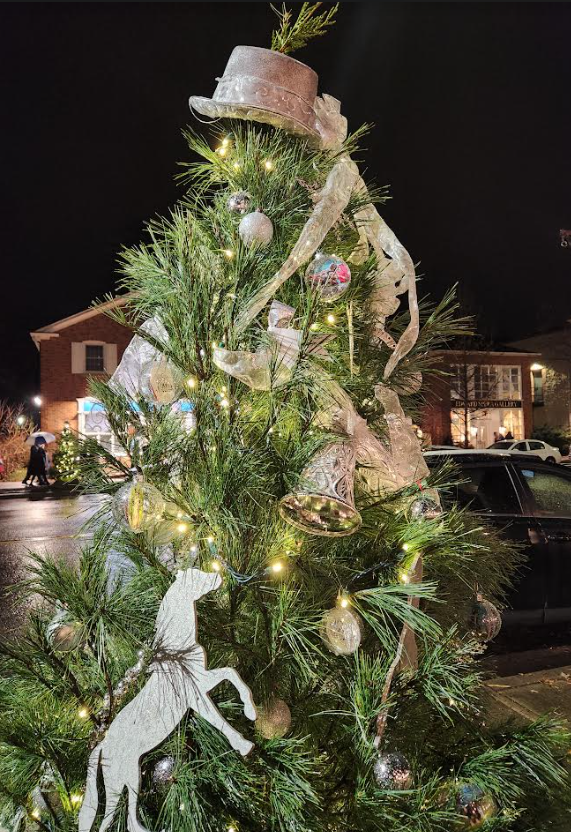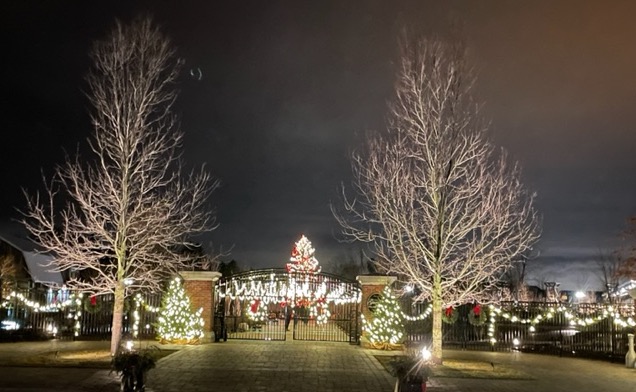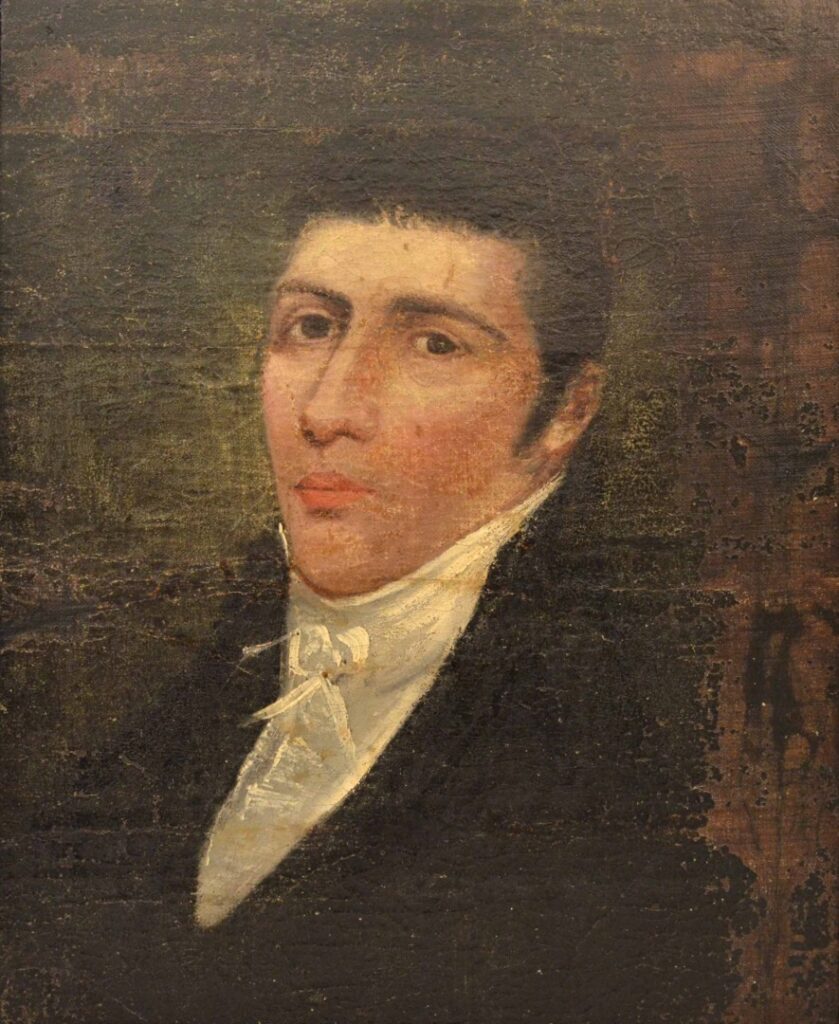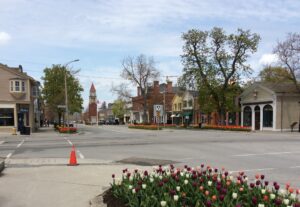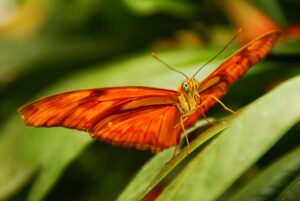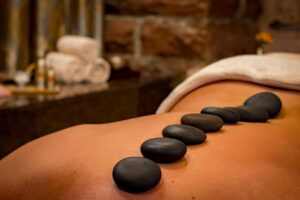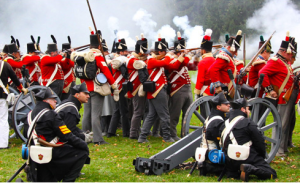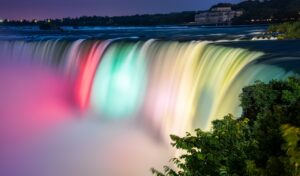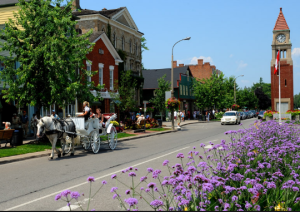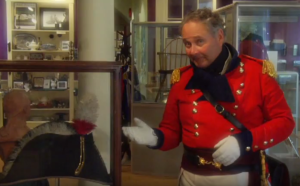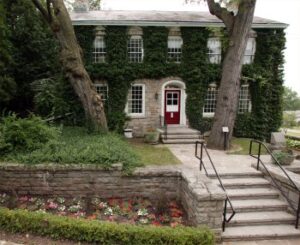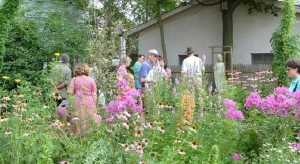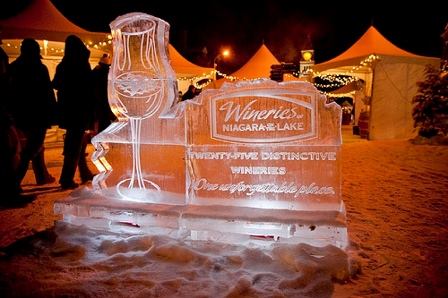
December 21 marks a special time when Earth and the Sun align with the heart of our solar system and the surrounding constellations. Solstice means “sun stands still.”
The December Solstice is the longest night in the Northern Hemisphere and the longest day in the Southern Hemisphere. This is a symbolic turning point in the wheel of the year when a shift happens for all on Earth! Not surprisingly, a variety of traditions celebrate holidays with “the return of the Light.”
The December Solstice is also the start of the Capricorn season — a time to make practical plans, a time to be effective and efficient, a time to take care of business, a time to delegate tasks, a time to acknowledge ancestors and family history, and a time to honour past traditions. It’s no mistake that Christmas festivities and setting New Year goals play such prominent roles between December 21 and January 20.

It’s Party Time at the 2024 Icewine Festival
And with our friend Mercury Retrograde in effect until January 1, we’re reminded to take extra time to reflect and reconnect with loved ones who matter most. What better way to enjoy the camaraderie and ring in the New Year than with a glass or two of Niagara’s celebrated “liquid gold” dessert wine at the 2024 Niagara-on-the-Lake Icewine Festival.
Every January, historic Queen Street turns into a pedestrian-friendly Icewine Village lined with tents and musical performers welcoming visitors from far and wide. And this year’s homage to this exquisite Canadian nectar promises to be better and more magical than ever.
Ice Bar at the Outlets
The fun begins on January 13 and 14 in the Outdoor Courtyard at the Outlet Collection at Niagara where, for the first time, shoppers have the opportunity to add a whole new dimension to their shopping excursion. The Ice Bar will showcase VQA Icewine from 16 wineries plus a signature VQA Icewine cocktail along with live music and cozy fire pits.
Icewine Village
Celebrations continue over the next two weekends: January 20 & 21, and 27 & 28. Set against the backdrop of our beautiful Queen Street, the Niagara-on-the-Lake Icewine Festival promises a unique and immersive experience for all who come. Sample a diverse array of exceptional icewines. Indulge in culinary delights that complement the distinct flavours of this cherished Canadian specialty. Enjoy live entertainment, engaging activities and festive atmosphere.
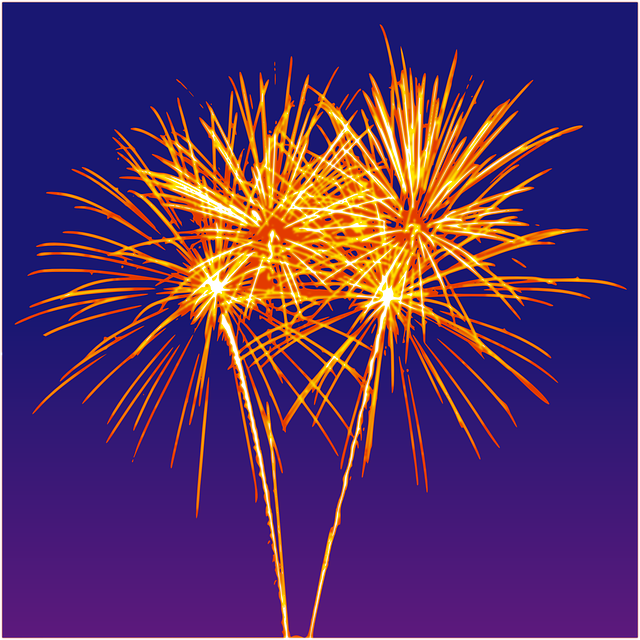
Sparkle & Ice Celebration
On January 26, a lavish gala at the Niagara-on-the-Lake Courthouse features the fan favourite Icewine Cocktail Competition. In traditional style, the evening culminates with a stunning firework display and Icewine toast.
Treat Yourself to a VIP Lounge Experience
Elevate your Icewine Festival experience at the VIP Lounge where luxury meets the enchantment. Your $100 ticket entitles you to entry to a private tent featuring cozy fire pits, Muskoka chairs and a signature cocktail compliments of Spirit in Niagara — all conveniently located across from the stage. As you unwind by the fire, comfy and warm in your complimentary VIP toque and blanket, enjoy a flight of three Icewine varieties expertly paired with a charcuterie box of tasty delights from Cheese Secrets.
Looking for Accommodation?
STAY Niagara-on-the-Lake offers a variety of lodging options ranging from cozy bed and breakfasts and inns to self-catering apartments, cottages and villas located throughout Old Town and the neighbouring communities of St. David’s, Queenston, Virgil and Glendale.
Looking Ahead
After the Holiday Season, some of us need a rest or something to look forward to. After all, we don’t want you to miss out on the fun.
December 31: New Year’s Eve at Peller Estates Winery
January 20: A Naval Dinner — An Evening with the Captain
January 22: January Blues at The Hare Winery
February Weekends: The Chocolate & Cheese Passport Event
February 3: Black History in NOTL: Commemorating National Historic Significance
February 5: Celebrating Black History & Culture at The Harry Winery
February 9: Brock: The Man, the Myth, the Legend at Navy Hall
Until February 25: Inniskillin’s Illumination Nights
February 27: Reif Estate Icewine Dinner
Until February 29: Seasky International Light Show at Reif Estate Winery
Until Mid-March: Skating at the Great One’s Backyard Rink and at The Gardens at the Pillar and Post
Until April 29: Strike a Pose: The Art of Self-Obsession at the NOTL Museum
June 7: White Effect Dinner
June 15: Shaw Garden Tour
June 15: St. Andrew’s Strawberry Festival
June 29, 30 & July 1: Artistry by the Lake
July 6: St. Mark’s Cherry Festival
August 10: Peach Festival
August 11: Shades of Rose Dinner
October 4: Shaw Autumn Soirée
October 5 & 6: NOTL Beer/Harvest Festival
December 6: Candlelight Stroll
December 14: Christmas Parade
Helpful Tips
Did you lose something while you were in Niagara-on-the-Lake? Contact the lost and found centre at the NOTL Chamber of Commerce located at 26 Queen Street in the lower level of the building. Or call 1-905-468-1950 or email tourism@niagaraonthelake.com for more information.




